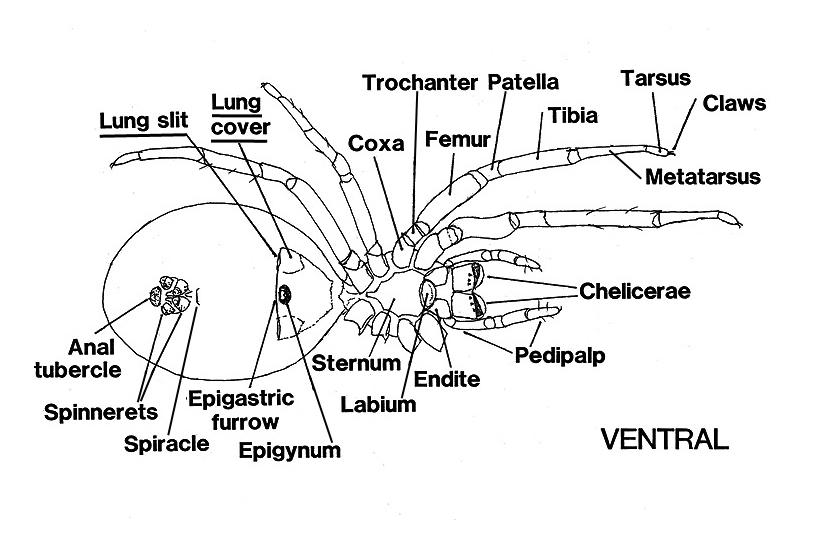Our industry is full of myths and misinformation making it really confusing for you. The myth that spiders can hold their breaths to avoid inhaling pesticides is an old one that comes from no scientific basis. It is normally an excuse used by dodgy pest controllers to explain why their treatment didn’t work.
Spiders nor insects breathe - they cannot “hold their breaths.” There is no active pumping of air into and out of those small bodies.
https://www.burkemuseum.org/collections-and-research/biology/arachnology-and-entomology/spider-myths
Insect respiration takes place by passive diffusion into and out of a network of tracheal tubes. Most spiders also have tracheae, but their main respiratory organs are book lungs (shown below) in which the “book pages” are hollow air-filled plates surrounded by the spider’s blood. Oxygen and carbon dioxide pass through the thin-walled plates, and are exchanged with hemocyanin (works like our hemoglobin) in the blood. But even though this is called a lung, no active breathing occurs, only diffusion.
The slit openings of the book lungs do expand and contract. Apparently they never close 100% because they have no “closer” muscles, only opener muscles.

Source: burkemuseum.org
Spider Anatomy Diagram, Ventral (underside), Book lung location underlined.

Source: burkemuseum.org
Cross-Section of Book Lung showing slit opening, air-filled chamber, hollow air-filled plates (“pages”) around which blood circulates.
There is no published research on whether presence of pesticide would affect the opening of spiders’ lung slits. Therefore, the surprisingly varied myth-information on the subject must stem from imagination, not data.
How to control spiders around your home
Basically, to gain effective control of spiders you need to apply a controlling agent directly on them, in their harbourages (cracks and crevices), on their webs, and if they are ground dwelling spiders, directly into their nest.
Applying a “blanket spray” in and around the house is not the best way to apply insecticides in an urban environment. It may cause a high mortality to a broad range of insects that is avoidable.
When treating spiders, a target approach is highly recommended.
Things you need to understand when treating spiders:
They make minimal contract with any surface so residual surface sprays don’t work as effectively as when we treat ants and cockroaches.
They travel in the air! Webbing spiders move by a process known as ballooning. Young spiders secrete a silk strand into the air on a prevailing breeze and are picked up and carried by the wind until they hit a solid surface.
Spiders are nocturnal in nature and normally hide in the daytime.
Treat other insects that are the normal food source for spiders, it will suppress the spider population.
If you have any questions, call us now on 1300 417 007




